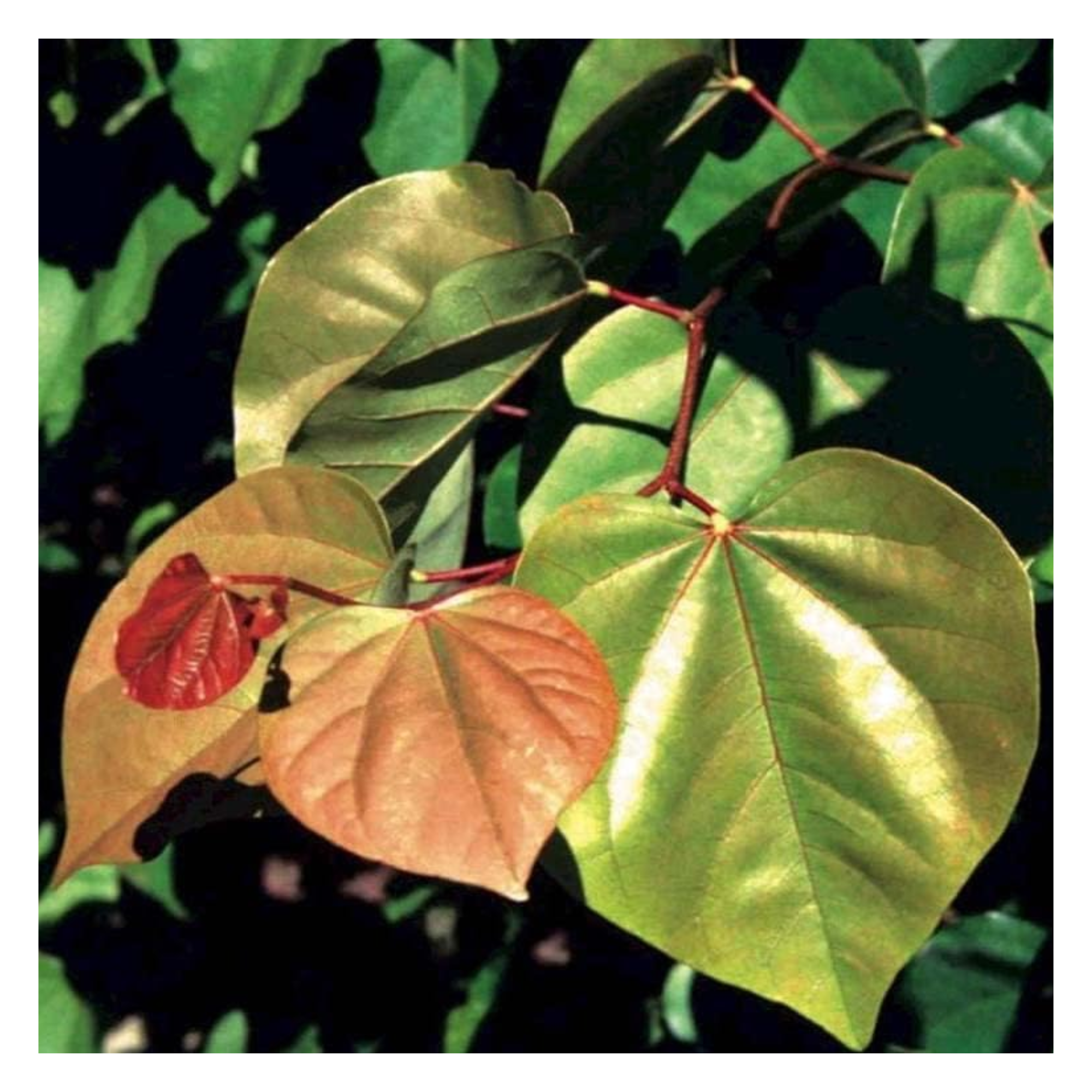This Striking "Ombre" Tree Has Unreal-Looking Foliage That Transforms in Fall
No sorcery here, just nature taking its course in yet another magnificent way
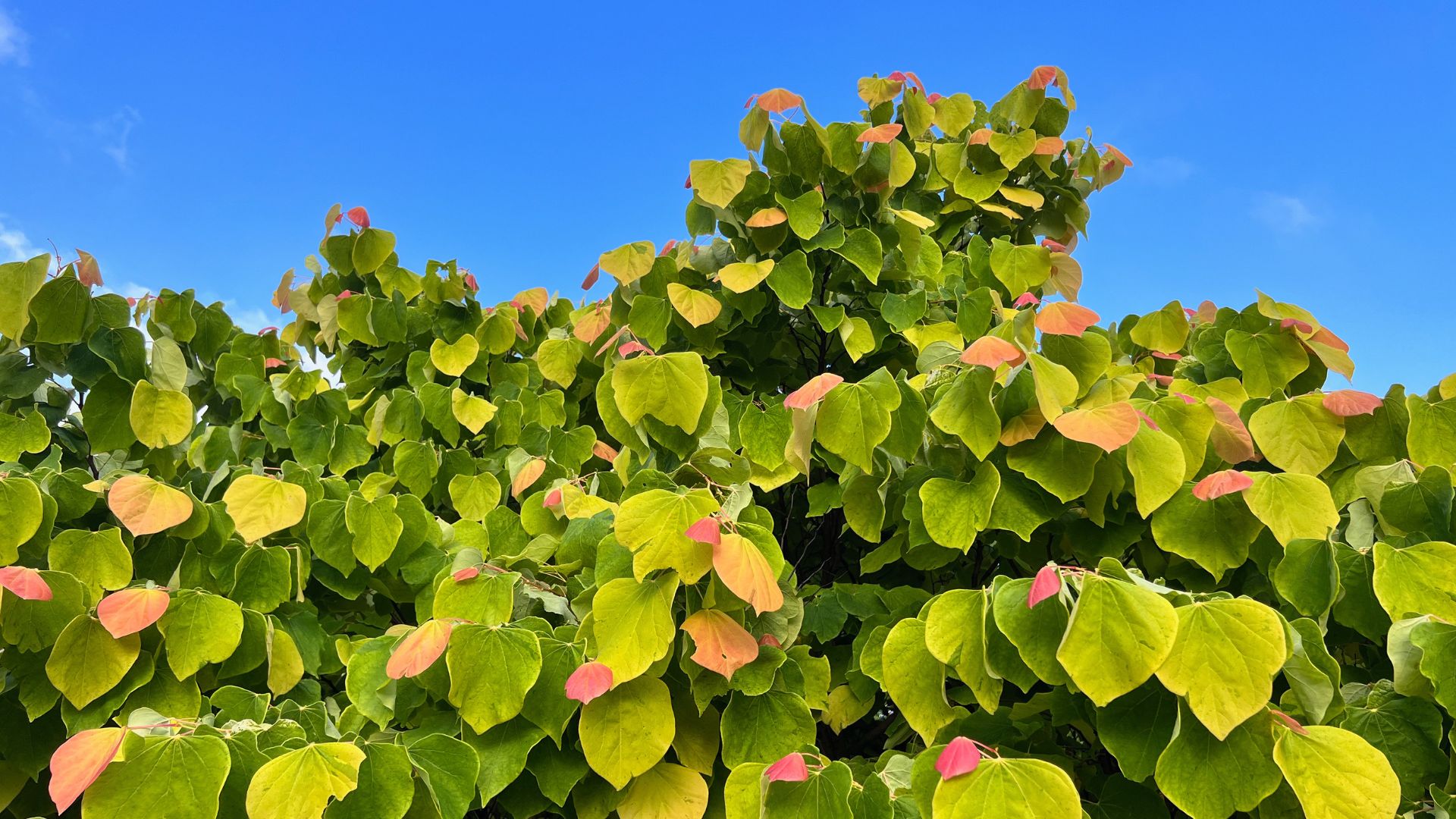

There are two ways to look at fall. One is to regard it as the time that drains the plants of color and the other is to find joy in the transitional rusty red hues that envelope our surroundings at this part of the year. We've always been welcoming of this autumnal color swap and while we enjoy observing our gardens throughout the seasons, we might've just found a tree that fashions all seasonal colors at once.
Thanks to being on the green-thumb side of Instagram, we've happened upon one of our new favorite dwarf trees. All it takes is a cursory glance at this plant and you'll understand just why we find it a marvel to be around.
But adoring it through a screen simply isn't enough. So we consulted the experts, who gave us the low-down on everything we need to know about this gorgeous tree. Plus, some great tips on how to adopt this plant for your home and care for it like a pro.
Why is the Rising Sun Redbud Tree Trending?
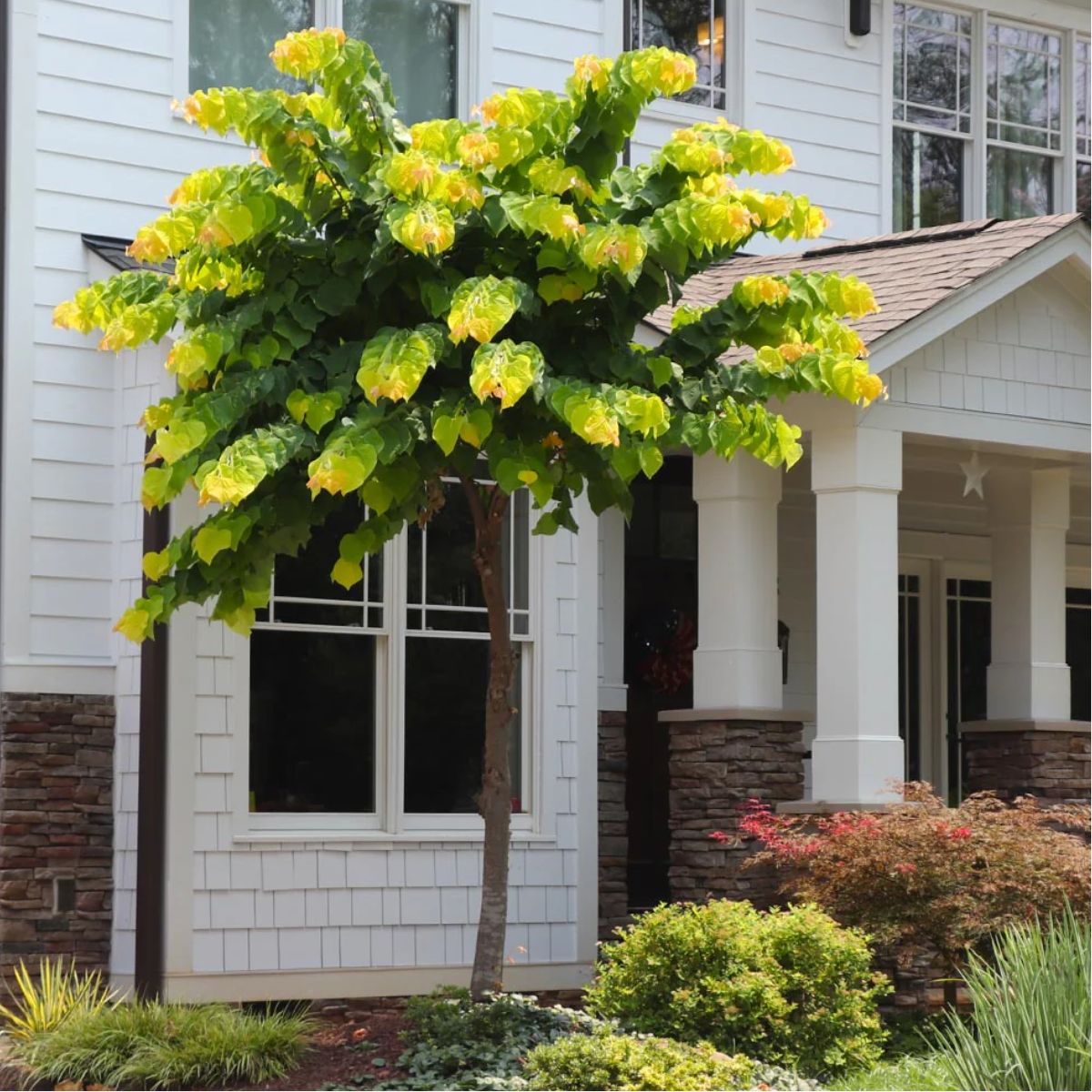
In conversation with gardening expert Tony O'Neill, he tells us that the rising sun redbud tree is taking over the internet because of its stunning multi-colored foliage and adaptability to various garden settings.
"Its heart-shaped leaves emerge a vibrant orange-red, transition to gold, and then mature to a lush green," he notes. "This range of colors throughout the growing season adds visual interest and makes it a popular choice for gardeners looking to add a splash of color to their landscapes."
Not only is this one of the best trees with fall color, but its multi-hued leaves make it a living seasonal color chart of the leaf hues that grace a tree throughout the year, while flowering with light purple blooms in the spring.
When I first came across cersis canadensis, also known as the rising sun redbud tree, I was certain it was an AI-generated image. But after seeing multiple posts of this fabulous tree crop up on my socials, I decided to do a little digging and to my surprise, found that the tree was 100% real. And after seeing the likes of otherworldly passion flowers and animated venus flytraps, it should be no shock as to the wonders that come alive in natural spaces.
The Livingetc newsletters are your inside source for what’s shaping interiors now - and what’s next. Discover trend forecasts, smart style ideas, and curated shopping inspiration that brings design to life. Subscribe today and stay ahead of the curve.
How Easy is it to Grow a Rising Sun Redbud Tree?
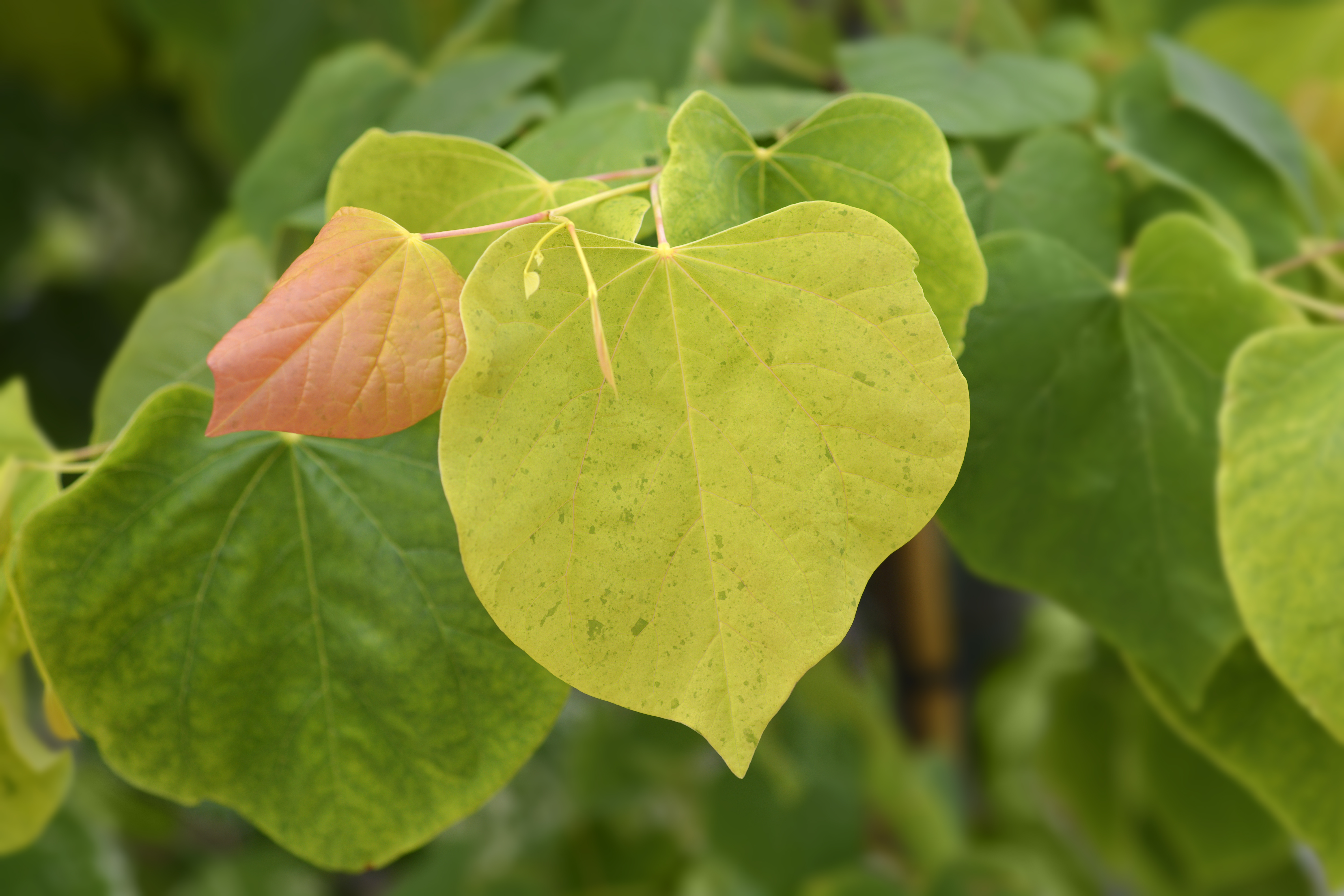
Oftentimes, the trendy grows prove to be the hardest to cultivate. However, certified arborist Ben McInerney tells us that besides its sunset leaves, another reason behind the plant's popularity is its easygoing nature. These redbud trees may be one of the best low-maintenance trees for a front yard, offering immense curb appeal.
Ben tells us that the plant's adaptability is a key factor to consider and explains that the tree thrives in USDA zones 5-9, making it suitable for a wide range of climates. "Another wonderful property is its soil flexibility," he says. "While it prefers well-drained, slightly acidic soil, the rising sun redbud is surprisingly forgiving."
He goes on to tell us that the tree's sun tolerance and compact size also come in handy during the growing process. "Despite its delicate appearance, this tree can handle full sun to partial shade and is like a solar panel that works efficiently even on cloudy days," he says. "Plus, reaching only 12-15 feet tall at maturity, it's perfect for smaller urban gardens and I've even incorporated them into rooftop spaces in New York City!"
So if you're looking for the best trees for small gardens that fit into a compact outdoor space while also offering plenty of personality, then you can't go wrong with this beauty.
What Problems Commonly Affect the Rising Sun Redbud Tree?
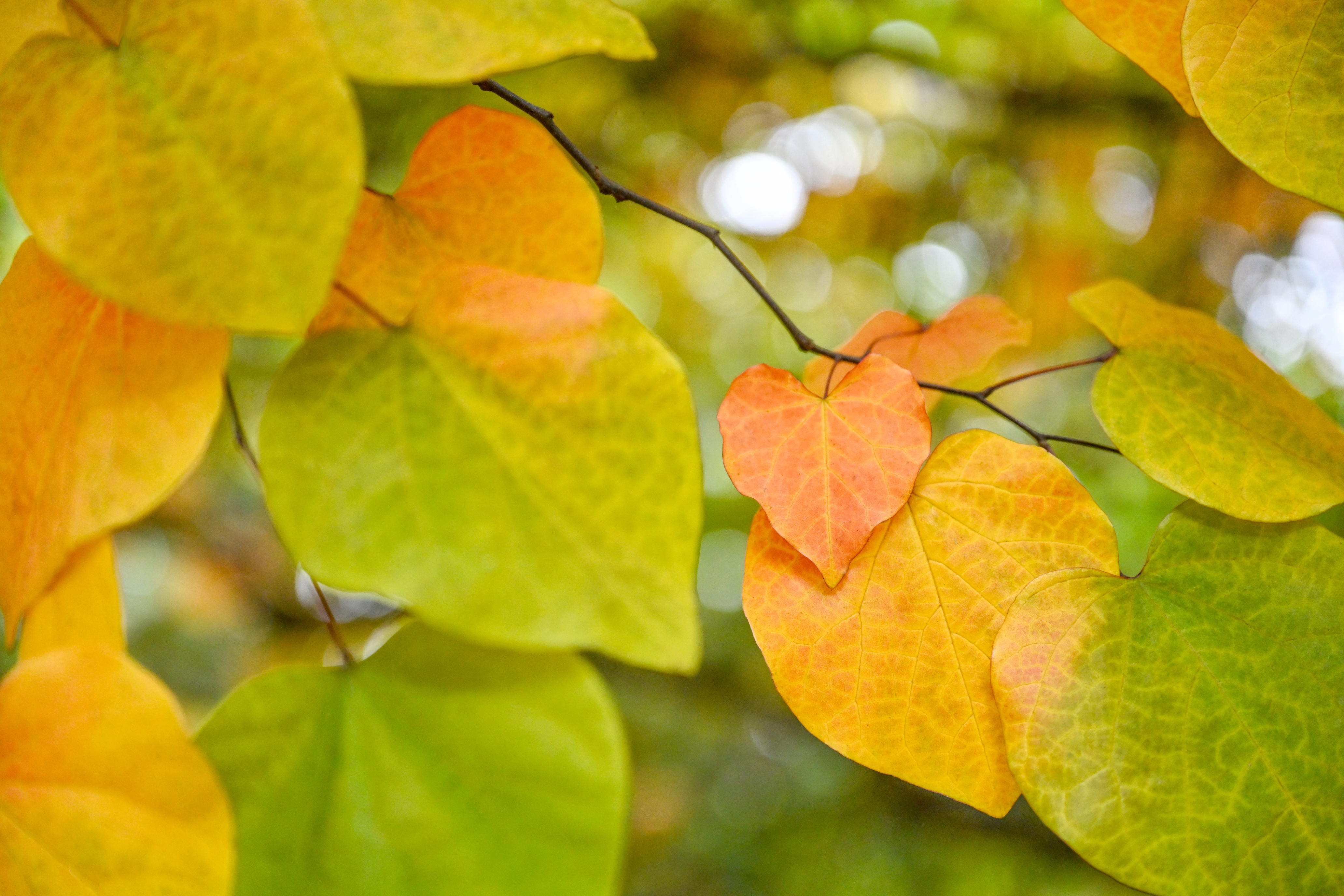
While the Rising Sun Redbud is generally hardy, the experts find that it's not without its challenges. According to them, here are some common issues that affect the plant and how to address them for maximum tree health:
1. Leaf Scorch: "Those beautiful apricot leaves can be susceptible to sunburn, especially in hot, dry climates," says Ben. "The ideal solution is to provide afternoon shade in particularly harsh environments and I often recommend planting them on the east side of buildings in areas like Arizona or Texas."
2. Verticillium Wilt: Ben finds that this fungal disease can be a silent killer that could be avoided by ensuring good drainage and the absence of overwatering. "In one case, we saved a client's tree by implementing a carefully monitored watering schedule and improving soil aeration," he notes.
3. Canker: He tells us that the canker-infected sunken areas on branches can weaken the tree. However, regular pruning of affected areas and maintaining overall tree health can easily combat this problem. And if you want to get ahead of the problem, Ben finds that you can always resort to organic fungicides as a preventative measure.
4. Deer Browsing: "Deer finds the young leaves irresistible.," he says. "So, I recommend using deer repellents, physical barriers, or even planting aromatic herbs around the redbud as a natural deterrent."
5. Pest Issues: Lastly, Tony finds that the rising sun redbud may attract garden pests like caterpillars and leaf-hoppers. To keep these insects at bay, he finds that organic insecticides provide the perfect solution to an infested plant.
Some of these are simply triggered by common gardening mistakes made by beginners, while others are fairly natural. But all of these issues are absolutely treatable, so as long as you give your rising sun redbud the attention it needs, you'll be good to go.
The fact that this magical looking tree is easy to grow and maintain makes it all the more attractive. Imagine having this chromatic plant in your backyard and watching the branches age inwards with the heart-shaped leaves all growing darker one by one.
Not only will it make a wonderful foliage feature but it's also a great little tree that works in big and small gardens alike. So if you've been on the hunt for a unique plant to add to your collection, this is your sign to get yourself a rising sun redbud and enjoy the colorful plantscape that comes with it.
FAQs
How big does a rising sun redbud tree?
A rising sun redbud tree is actually a dwarf tree. So at full maturity, it rises to a height of 8 to 12 feet. But what it lacks in height, it more than makes up for in personality, with its stunning gradient-like branches of colorful leaves.
What is the best place to plant a rising sun redbud tree?
If you want your redbud tree to flourish in your backyard, then it's all about location. These dwarf trees live their best lives in full sun to partially shady spots. But between the two, they do happen to fancy their time in the sun. So plant it in an area that receives plenty of healthy sunlight and your sapling will be on its way to becoming a densely lush tree.

Amiya is a Home Wellness Writer at Livingetc. She recently graduated with a Masters Degree in Magazine Journalism from City, University of London, and has lent her words to beauty, fashion, and health sections of lifestyle publications including Harper’s Bazaar and Women’s Health. Her experience as a research analyst has equipped her with an eye for emerging trends. When she’s off the clock, she can be found reading, listening to music, or overanalyzing her latest Co-Star update.
